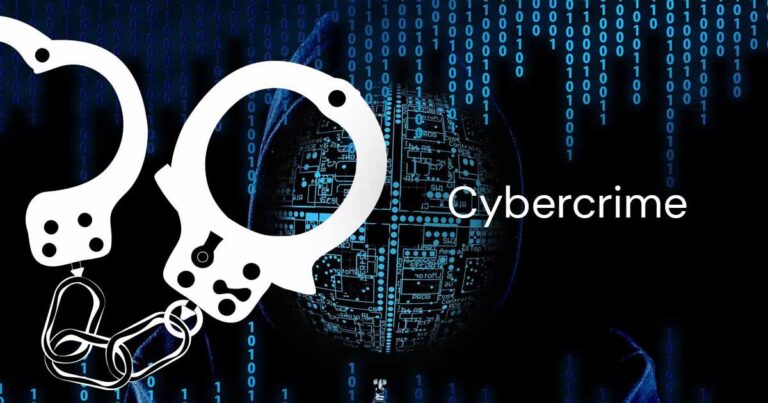Spanish authorities have successfully dismantled the notorious cybercrime ring known as GXC Team, apprehending its 25-year-old leader in a major breakthrough for cybersecurity enforcement. The operation, carried out in coordination with international partners, targeted the group responsible for a series of sophisticated cyberattacks and online criminal activities. This significant law enforcement action marks a critical step in combating organized cybercrime and protecting digital infrastructure across Europe.
Cybercrime Ring GXC Team Dismantled in Spain Authorities Detail Arrest of 25 Year Old Ringleader
Spanish law enforcement agencies have successfully dismantled the notorious cybercrime organization known as GXC Team, following a meticulous investigation that culminated in the arrest of their 25-year-old ringleader. Authorities revealed that the group specialized in a range of illicit activities, including phishing schemes, ransomware attacks, and data breaches targeting both private companies and public institutions across Europe. The swift coordinated effort involved multiple cyber forensic teams and led to the seizure of numerous digital devices and cryptocurrency wallets linked to criminal revenues.
Investigators highlighted the sophisticated nature of the GXC Team’s operations, noting their use of advanced encryption techniques and anonymization software to evade detection. Key details of the takedown include:
- Duration of investigation: 18 months
- Number of arrests: 7 in total, including the leader
- Types of cyber attacks: Phishing, ransomware, identity theft
- Estimated financial damage: Over €3 million
| Seized Assets | Quantity | Estimated Value |
|---|---|---|
| Laptops and Mobile Devices | 15 | €45,000 |
| Cryptocurrency Wallets | 12 | €1.2 million |
| Bank Accounts Frozen | 8 | €1.8 million |
Inside the Operations of GXC Team Techniques and Targets Revealed by Security Experts
The GXC Team operated with a high degree of sophistication, utilizing cutting-edge malware and exploitation frameworks to infiltrate financial institutions and e-commerce platforms worldwide. According to security experts, their modus operandi involved carefully crafted phishing campaigns combined with zero-day exploits that evaded most conventional detection systems. Their cyberattacks focused heavily on:
- Credential harvesting to gain unauthorized access to sensitive databases
- Cryptojacking operations masking under legitimate traffic to mine cryptocurrencies
- Ransomware deployment targeting mid-sized companies with high ransom demands
- Supply chain compromises to expand their reach beyond primary targets
Experts revealed that the leadership, particularly the 25-year-old detainee, was instrumental in orchestrating the team’s layered attack strategies and operational security measures that kept the ring hidden for years. The group’s hierarchical structure ensured compartmentalization, allowing members to specialize in tasks such as network reconnaissance, exploit development, and money laundering. Below is an overview of their core roles as identified in the investigation:
| Role | Function | Impact |
|---|---|---|
| Leader | Strategic planning & command control | Coordinated all operations and external communications |
| Exploit Developer | Created malware and zero-day exploits | Enabled stealthy system breaches |
| Phishing Specialist | Designed phishing kits & emails | Harvested user credentials at scale |
| Mule Coordinator | Managed money laundering channels | Concealed illicit financial flows |
Strengthening Cybersecurity Measures Recommendations to Prevent Future Cybercrime Networks
In light of the recent takedown of the notorious GXC Team cybercrime ring, cybersecurity experts emphasize the urgent need for stronger, proactive measures to combat such sophisticated networks. Organizations must prioritize the implementation of multi-layered defenses, including advanced threat detection systems, regular security audits, and employee cybersecurity training. Building robust perimeter security with firewalls and intrusion detection systems is no longer sufficient on its own, as cybercriminals increasingly employ stealth tactics and social engineering to breach defenses.
Furthermore, collaboration between private companies, law enforcement agencies, and international cybersecurity entities is essential to dismantle and deter future cybercriminal alliances. Key recommendations include:
- Adoption of zero-trust architecture to minimize insider threats and control network access rigorously.
- Real-time monitoring and AI-powered analytics to identify anomalous behaviors before damage occurs.
- Regular vulnerability assessments and timely patch management programs.
- Information-sharing frameworks enhancing cross-sector cooperation and threat intelligence exchange.
| Measure | Purpose | Impact |
|---|---|---|
| Zero-Trust Architecture | Strict access control | Reduced insider threats |
| AI-Powered Analytics | Behavior anomaly detection | Faster incident response |
| Vulnerability Assessments | Identify weak points | Improved patch cycles |
| Information-Sharing | Threat intelligence propagation | Coordinated defense |
In Summary
The dismantling of the GXC Team marks a significant victory in the ongoing battle against cybercrime, underscoring the effectiveness of international cooperation and advanced investigative techniques. With the 25-year-old leader now in custody, authorities continue to probe the full extent of the group’s activities and connections. This operation serves as a stark reminder of the persistent threats posed by organized cybercriminal networks and the critical importance of vigilance in safeguarding digital security. Further updates are expected as the investigation progresses.




